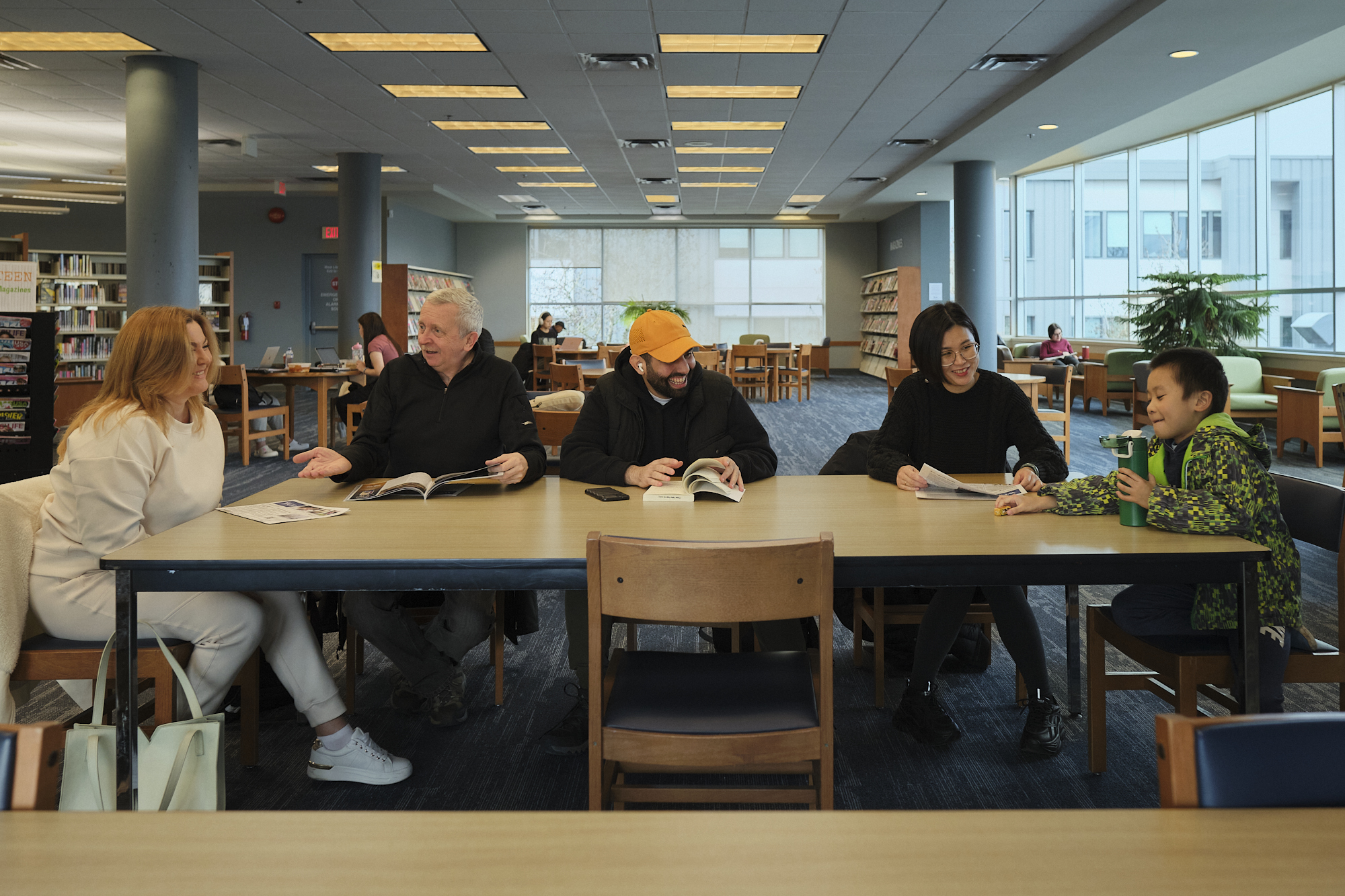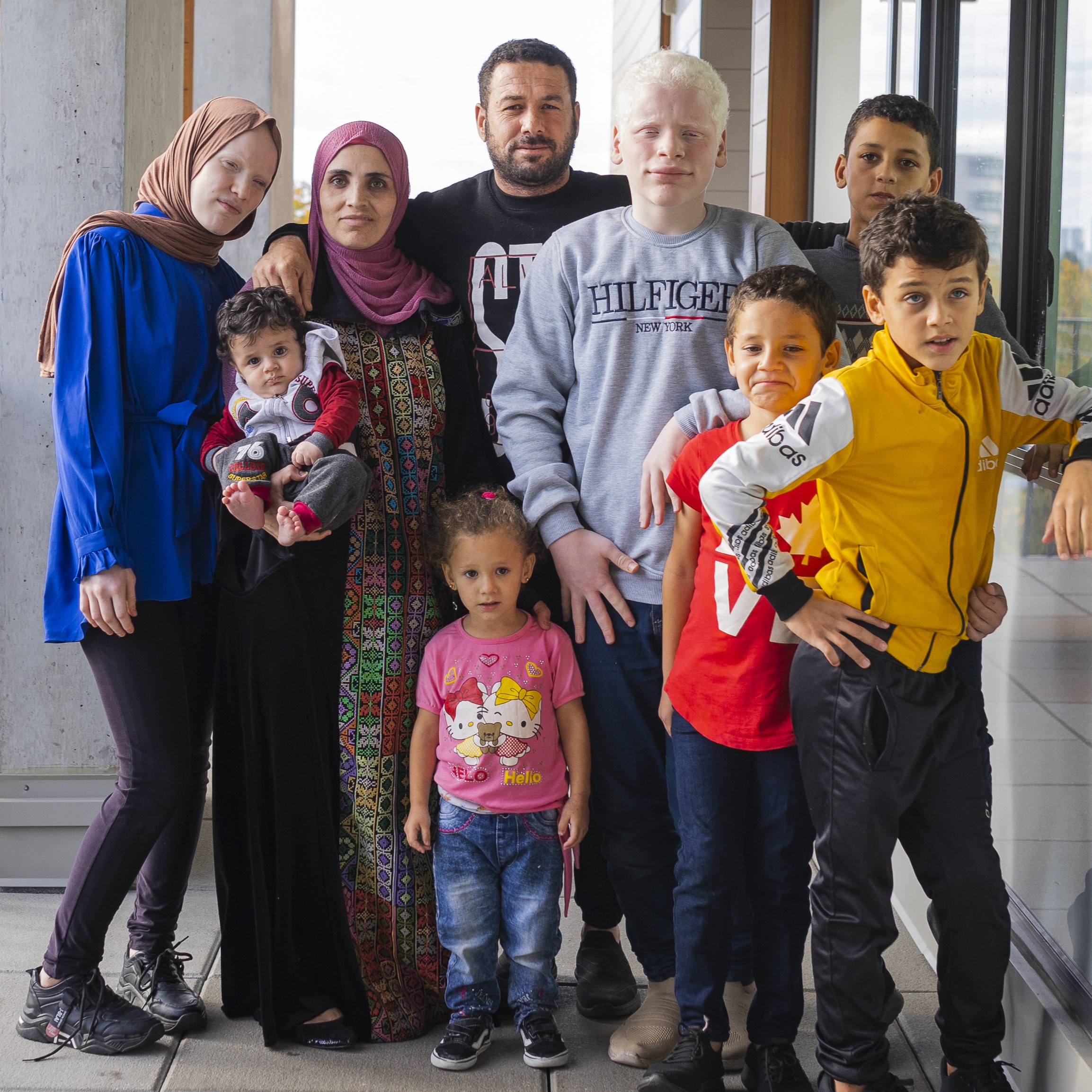Every year, the federal (national) government announces a Multi-Year Levels Plan (MYLP) for immigration. For the first time, this year’s MYLP announced on October 24th combines both permanent (PR) and temporary resident (TR) targets.
The MYLP has been eagerly awaited following recent close attention to immigration levels, and a number of policy changes by the government, particularly relating to international student and temporary foreign worker levels. For the first time in a quarter of a century, research shows that most Canadians say that there are too many immigrants coming to Canada.
Key messages
1. ISSofBC welcomes a combined MYLP that includes PR and TR targets. By bringing both together in the three-year levels plan, we can now take a stronger long-term planning approach and help all Canadians better understand the whole immigration picture.
2. Significant changes have been announced, but they are an adjustment, not a closing to immigration. Canada and BC must continue to be destinations of choice for immigrants to fulfill our long-term labour and economic needs.
3. Public confidence in Canada’s immigration system is on a downward trend. We must come together to ensure a greater public understanding of both the benefits and challenges of immigration.
4. From the humanitarian perspective, Canada must maintain and strengthen our globally admired reputation as a valuable and welcoming host country to displaced peoples from around the world.
5. The MYLP must have the budget associated to ensure we can successfully implement the plan for all the newcomer groups in it.
6. We are acutely aware that behind the numbers presented in the MYLP are the stories and lives of newcomers arriving in BC in search of a better life for themselves and their families. As one of Canada’s largest newcomer-serving organizations, we remain committed to welcoming and supporting newcomers so they can thrive together in community.
Key changes & impacts
- An overall 105,000 (21 percent) reduction in the total number of PRs in 2025 from levels set out a year ago.
- A reduction in TR levels as a proportion of Canada’s overall population from seven to five percent. Within the TR class, the Temporary Foreign Workers Program will be reduced. The number of international students is projected to remain stable for the next three years.
- The total number of PRs will be closer to pre-pandemic levels, but not less. Reductions are applied across economic, family reunification, and refugee and protected person classes.
- The Provincial Nominee Program (PNP) has been significantly reduced. It is estimated that 40 percent of projected PR admissions in 2025 will be from those already in Canada as TRs.
- Within the refugee class of arrivals, numbers of Government Assisted Refugees (GARs) remain unchanged from a year ago, but there is a significant reduction in other categories, including privately sponsored refugees (PSRs). Overall, the proportion of refugees and protected persons as a total of all PRs remains similar.
The government’s anticipated impact is:
- A marginal population decline across Canada of 0.2 percent in both 2025 and 2026 before returning to a population growth of 0.8 percent in 2027.
- A reduction in the housing supply gap by approximately 670,000 units by the end of 2027.
The Prime Minister acknowledged that after several years of significant increases to immigration levels after the pandemic, that the government “didn’t get the balance quite right” and that changes are now required to “stabilize” the immigration system.
But he also emphasized that “immigration is vital to our future and as a government, we have to make sure that that pride, that faith in immigration is not undermined.” Immigration Minister, Marc Miller, insisted that Canada remains an “open country” that supports immigration and immigrants.
Our impressions and reaction
Overall, ISSofBC welcomes a combined MYLP that includes PR and TR targets. By bringing both categories together in a three-year-level plan, Canadians now can undertake more long-term planning through this comprehensive projection overview.
Economic impacts: At ISSofBC, we are not best placed to assess the detailed short-term economic analysis for different levels and types of immigration. However, we note several viewpoints.
Some business groups and economists, and even provincial political leaders, say the latest changes might be negative. Others believe the reduced levels targets do not go far enough. What we know in BC is that there will be close to one million job openings over the next decade, and immigration will be the primary source of population growth.
We know that Canada and BC must continue to be destinations of choice for immigrants to fulfill our long-term labour and economic needs, and this message needs constant reinforcement. We need to be equally on guard about accepting too few immigrants as too many.
Political impacts: Our clients and staff constantly experience the political and social issues surrounding immigration. We are concerned that public confidence in immigration is on a downward trend. While more Canadians are still likely to think immigration makes their local community a better place, there are also worrying signs in how Canadians view immigrants themselves and how they fit in.
At ISSofBC, we support all levels of government and many other voices in seeking to reverse this trend in public opinion. This MYLP needs to be seen as an adjustment, not a rejection of the fundamental values and principles that underpin immigration. Canada is not closed to newcomers. We must come together to affirm this and ensure greater public education on both the benefits and challenges of immigration.
Refugee and humanitarian impact: Canadians can be justly proud of our country’s work to resettle some of the world’s most vulnerable people. As a community, we have the capacity to welcome refugees and other humanitarian arrivals as targeted. The last few years have seen increased levels of refugee arrivals, including through the Afghan Special Initiative (ASI), and the reduction of total numbers in this Levels Plan does maintain the overall proportion of refugees and protected persons as a total of all PRs. It is also important to note that refugee claimants are not included in MYLP estimates. Under international law, refugee claimants have a legal right to claim asylum in this country, and as such, there is no ‘target’ or ‘cap.’
We see the world becoming more dangerous and precarious for millions. Behind every number is a person trying to escape conflict, persecution, and instability. Canada needs to increase our investment in the infrastructure necessary, including dedicated housing and other social supports, to keep both our levels of planned refugee and humanitarian arrivals high and ensure our ability to support arriving refugee claimants. We need to work towards strengthening and once again increasing our refugee and humanitarian response levels.
Settlement sector impact: For over 50 years, ISSofBC has been a leading member of the settlement sector that delivers on the Levels Plan. We help turn the total numbers into individual stories of success.
To continue to do our work effectively and with integrity, the settlement sector needs clarity and consistency. While we recognize that the post-pandemic world has been unpredictable, we want to work with the government to proactively keep strengthening the settlement system. In the next federal budget, there must be enough resources to deliver on this Levels Plan, ensuring all newcomers can thrive in their new communities.
Actions for you to take
We ask that you:
- Be informed: read the plan and as much analysis and news as possible. Know the facts.
- Share our key messages with your networks: Share our social media posts and website news articles. Please tag @issbc and your local Member of Parliament (MP), Member Legislative Assembly (MLA) and government representatives. and government representatives.
- Stay engaged: Follow ISSofBC on social media (LinkedIn, Facebook, and Instagram), as well as other settlement sector groups, including our provincial umbrella group, AMSSA.
Other information & coverage
Government of Canada backgrounder on the Levels Plan: 2025–2027 Immigration Levels Plan – Canada.ca
Detailed figures included in the 2025-2027 Levels Plan: Notice – Supplementary Information for the 2025-2027 Immigration Levels Plan – Canada.ca
The latest research on Canadian public opinion on immigration: Canadian public opinion about immigration and refugees – Fall 2024 (environicsinstitute.org)
The Prime Minister’s statement on the Levels Plan: Government of Canada’s Immigration Levels Plan (youtube.com)
Minister Miller talking about the Levels Plan on CBC radio: Canada still an ‘open country’ despite immigration cuts, says minister | CBC News
Business group and economist reaction to the Levels Plan: Immigration prevented a recession last year, but looming changes could stall growth: economists | CBC News
CBC news analysis of the new Levels Plan and reaction to it: Trudeau’s Liberals are trying to save the Canadian consensus on immigration — and their legacy | CBC News
The BC settlement and social housing sectors’ joint call for a dedicated refugee housing strategy: An Examination Of The Most Acute Housing Needs of BC’s Newcomers: A Refugee Housing Strategy – AMSSA



